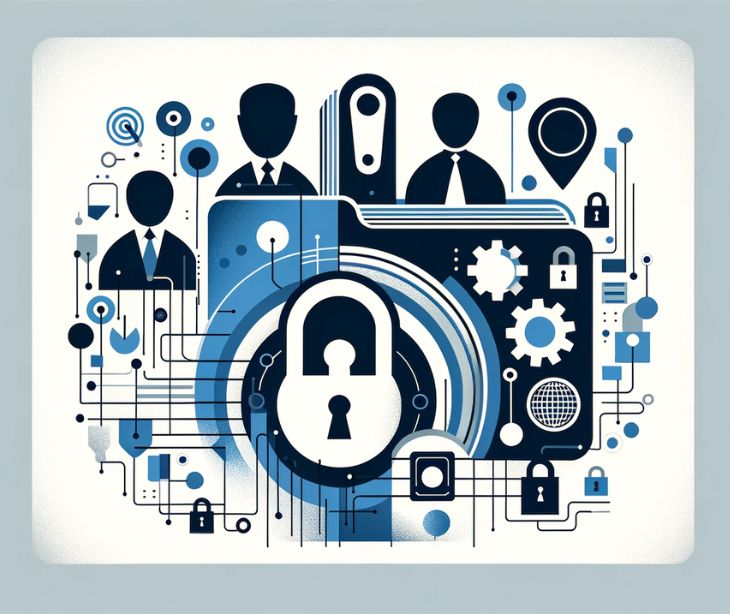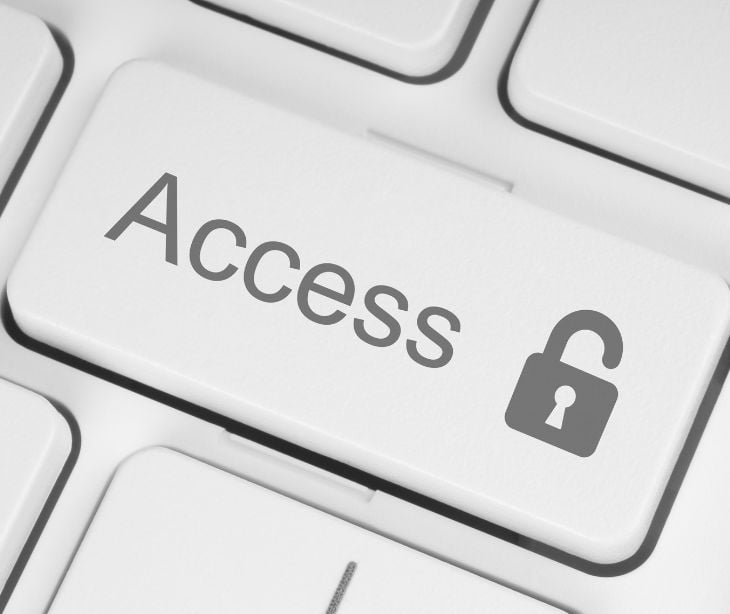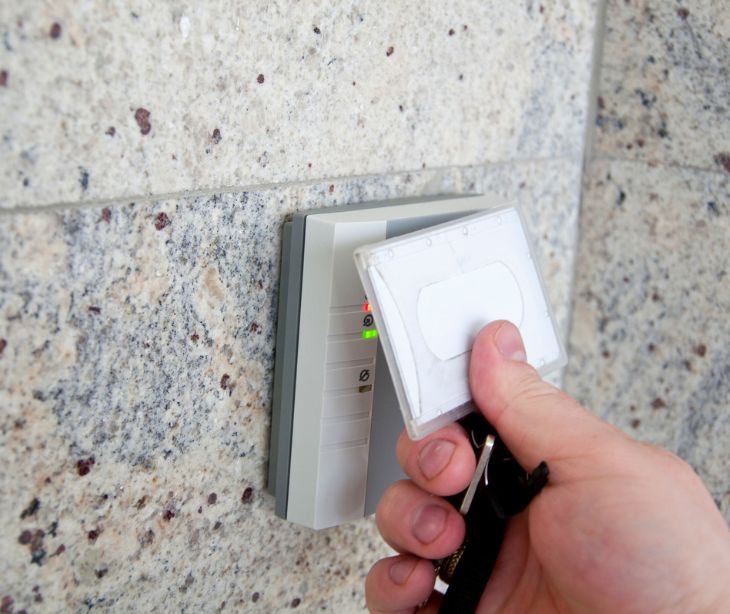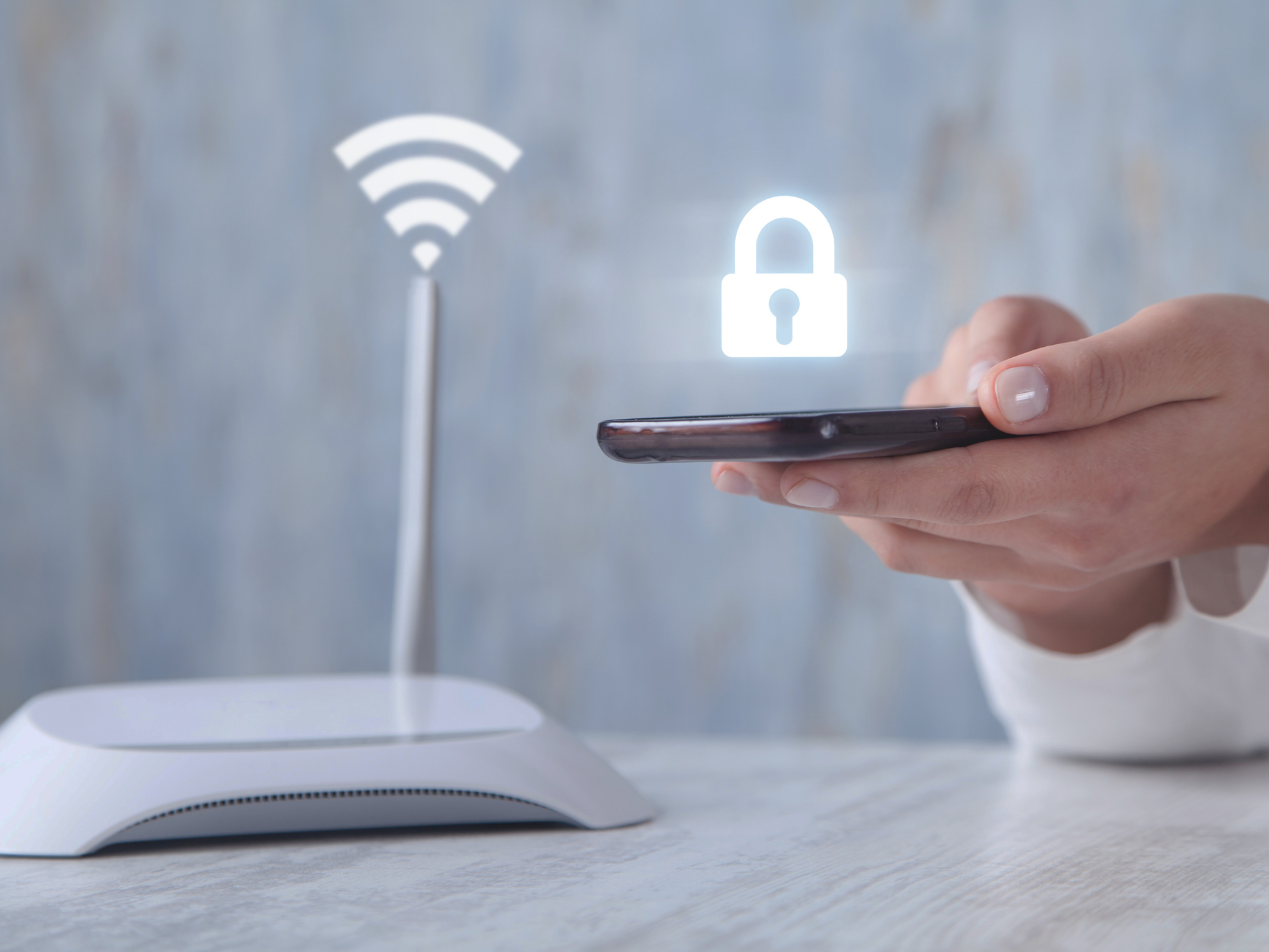2 min read
When do you need to implement access controls for HIPAA compliance?
Liyanda Tembani
November 06, 2023

Access controls are security measures that manage and regulate access to sensitive data, resources, and physical or digital assets. Access controls must be continuously implemented and monitored, especially during new system introduction, employee changes, audits, security incidents, and training.
The importance of access controls
Without access controls, healthcare organizations face a multitude of risks. Unauthorized access to patient data can result in breaches, compromising patient confidentiality and trust. Beyond the ethical and legal concerns, violations can lead to significant financial penalties under HIPAA. Therefore, healthcare organizations must establish an access control framework containing physical and logical access.
Related: Understanding HIPAA violations and breaches
HIPAA compliance and access controls
HIPAA's Security Rule mandates that covered entities implement administrative, physical, and technical safeguards to protect ePHI. Access controls fall under the technical safeguards, which encompass various security measures, including authentication, authorization, and encryption.
Access controls ensure that only authorized personnel can access PHI, and this involves implementing user authentication methods, role-based access control (RBAC), and encryption to protect data both in transit and at rest.
When access controls must be implemented:
Continuous implementation of access controls
Access controls are not a set-and-forget solution. They require continuous attention and maintenance. The implementation of access controls must be woven into an organization's operations and security culture.
As part of policies and procedures
Clear and comprehensive policies and procedures are the foundation of access controls. These documents should define who has access to PHI, how access is granted, the process for revoking access, and the conditions under which access may be temporarily modified (e.g., for emergency medical care). The policies must be regularly reviewed and updated.
When implementing new systems
When healthcare organizations introduce new systems, such as EHR platforms or billing systems, access controls must be part of the initial setup.
When employees join or leave the organization
When new employees are hired, access controls must be adjusted to grant them access to the necessary systems and data while restricting access to other sensitive areas. The principle of least privilege (POLP) should ensure employees only have the permissions required to perform their roles.
When employees leave the organization or change roles, access controls must be swiftly updated to revoke their access to the PHI they no longer require. Unauthorized access by former employees is a security risk and must be prevented through access controls.
During audits and assessments
Regular audits and assessments ensure that access controls are functioning as intended and meeting the organization's security and compliance requirements.
After security incidents or breaches
In the event of a security incident or data breach, access controls aid in understanding the scope and taking appropriate corrective actions. Access controls help determine which systems or resources were compromised. By reviewing access logs, one can identify which accounts were used to gain entry and what they accessed.
As part of ongoing training and awareness
All personnel should be educated about access control policies and procedures to understand their role in maintaining security.
Training and awareness programs should highlight the importance of access controls and instruct employees on how to use them effectively.
When there are changes in security risks or threats
Access controls must adapt to address changes in security threats. Risk assessments are a tool for identifying areas that require changes or improvements in access controls. Regular risk assessments should evaluate the effectiveness of access controls and identify vulnerabilities.
Auditing and monitoring
Regular auditing and monitoring maintain access controls effectively. Monitoring allows organizations to detect and respond to unauthorized access in real time. Audits provide a comprehensive review of access control activity over time.
Subscribe to Paubox Weekly
Every Friday we'll bring you the most important news from Paubox. Our aim is to make you smarter, faster.




